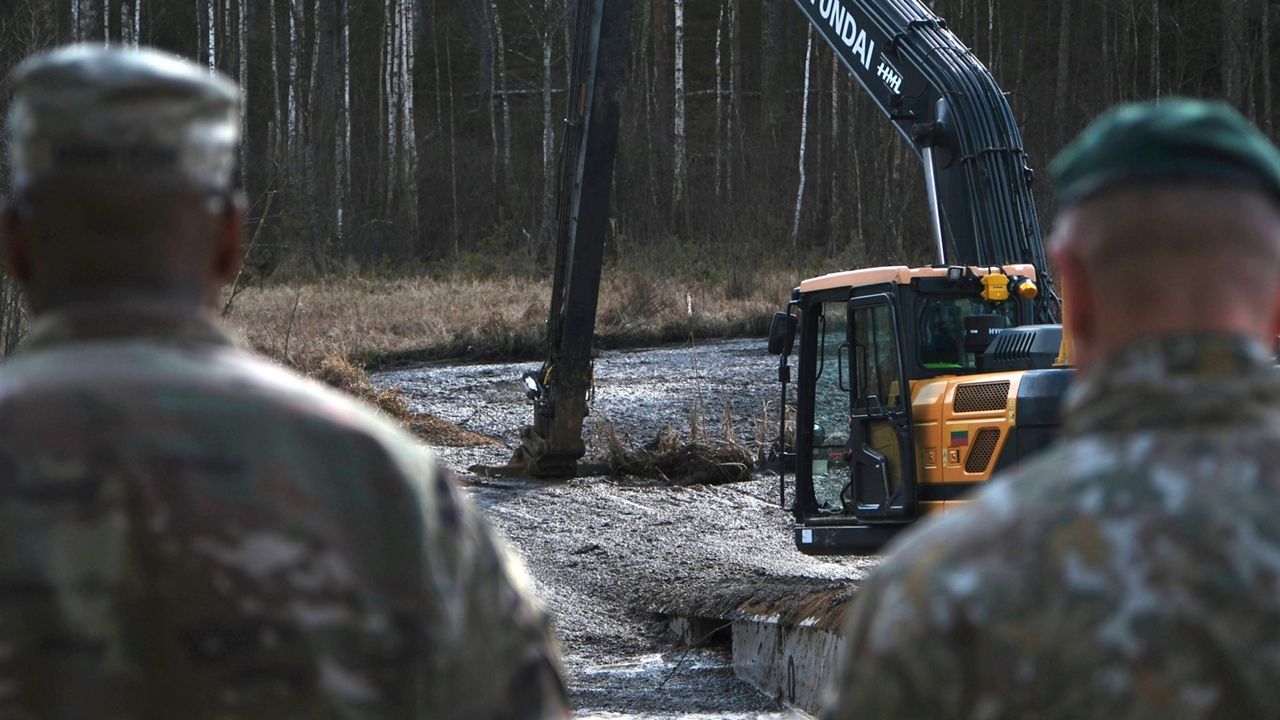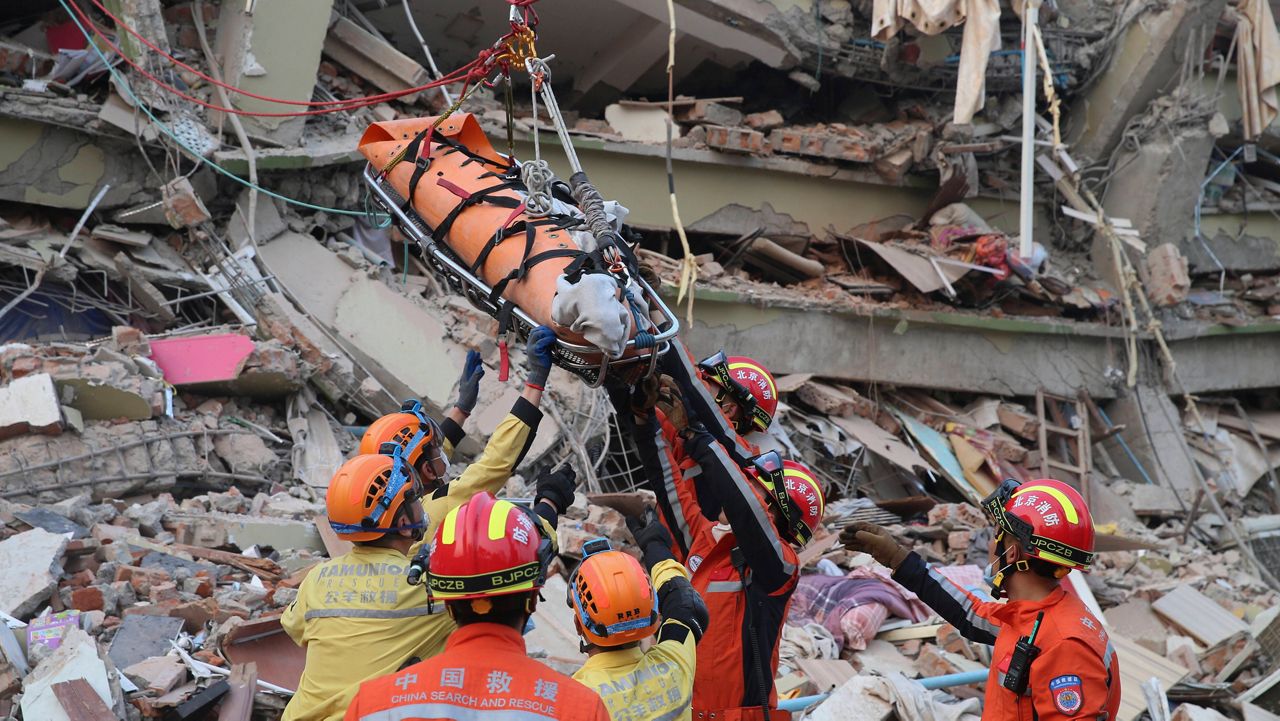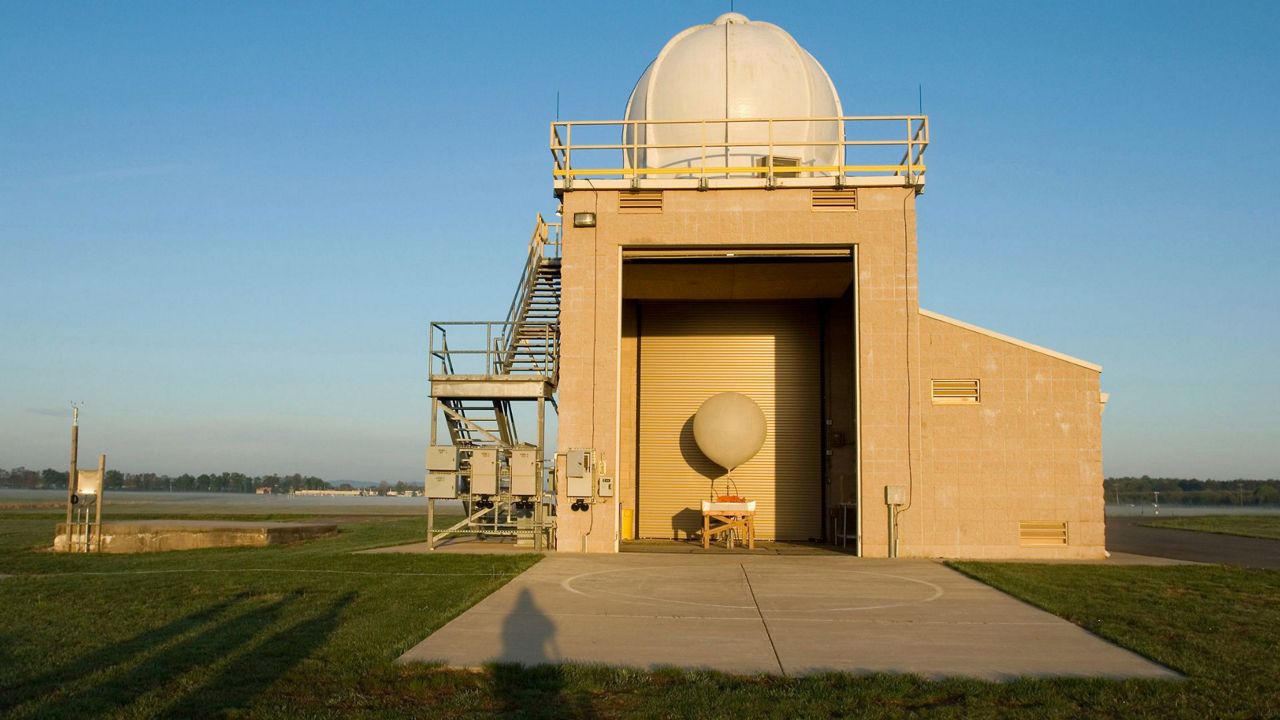SACRAMENTO, Calif. — Like many who live in California, Zhaodan Kong has experience with wildfires. He’s witnessed the effects of the Mosquito fire in 2022.
“I drove through the smoke; it’s horrible,” said Kong, an associate professor of aerospace engineering at UC Davis.
Kong said he’s now working on new technology he and his team hope to help detect wildfires before conventional methods used now using drone technology.
“Something that is very unique in our case — we are using chemical sensors on top of cameras in order to detect the fires,” he said.
Kong said that right now, fires are detected mainly by seeing large plumes of smoke from people on the ground or spotting them through the CalFire camera network.
The drone’s sensors, Kong said, have the potential to detect fires before eyes or specialized cameras can.
“Even before the thermal camera or a regular camera can see the fire, our chemical sensors is able to detect it before that,” Kong said.
He gave the example of being able to smell something burning or cooking, as the chemical sensors on the drone are like a nose but much more sensitive.
Other benefits Kong said the drones have are their cost and ability to reach hard-to-access areas.
New technology is starting to play a more significant role in helping first responders detect fires as early as possible.
Cal Fire rolled out AI detection technology using the over 1,000 cameras used to monitor for wildfires to all dispatch centers in September last year, and it already has made a significant impact in spotting fires, according to Staff Chief of Fire Intelligence at Cal Fire Phillip Selegue.
“During the day, it can see roughly about 70 miles. And at night it can see about up to 120 miles,” Selegue said. “So, we’ve had just multiple, multiple successes.”
A big part of any success in fighting fire is detecting it as soon as possible, Selegue said.
“Anything that we can do to improve and enhance our response time to ensure that those fires are maintained as small as possible and mitigated in that way has been instrumental in our success,” he said.
Kong said his team had had preliminary talks with Cal Fire about the technology and is aiming to showcase their technological practicality application soon.
“Probably, I think we can get some more encouraging results this year, maybe in the next two years,” he said.









